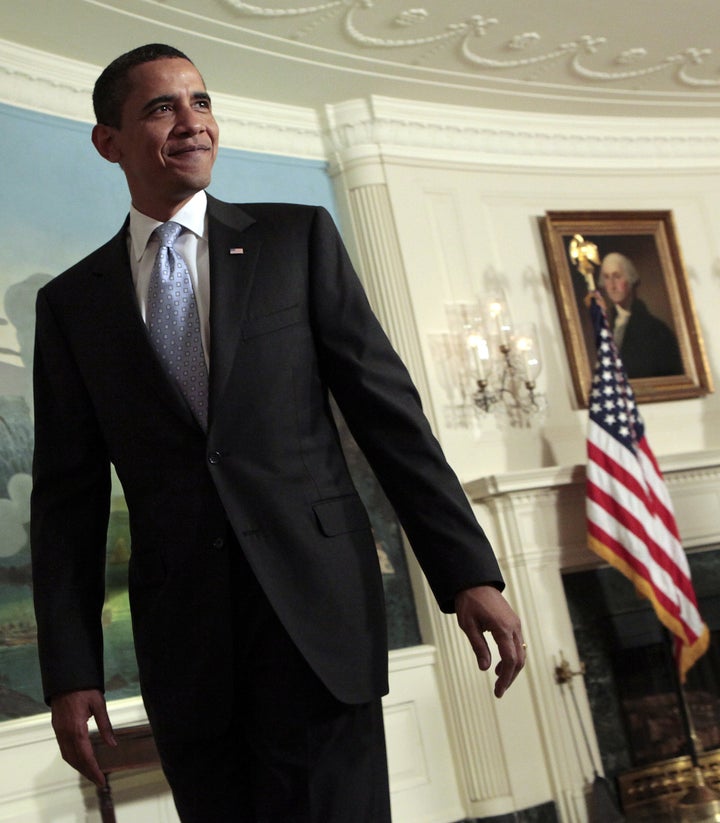
Diversity and excellence are often pitted against one another in American higher education. Those who oppose taking diversity into consideration in university admission or other forms of academic selection argue that some "get in" because of their skin color or gender while others "get in" because of their achievement and analytical skills. A detailed analysis of academic evaluation shows that these considerations are most often not alternatives, but additives. Indeed, in How Professors Think: Inside the Curious World of Academic Evaluation (Harvard University Press 2009), I show that many contenders for prestigious fellowships are selected because of a combination of excellence and diversity considerations.
How Professors Think opens the black box of peer review to learn how academics go about selecting candidates for prestigious fellowships. I conducted more than eighty interviews with individuals charged with distributing various fellowships to graduate students and other academics. I found that very good but not perfect proposals are pushed above the proverbial line because of diversity consideration and that diversity is often a tie-breaker between two somewhat faulty proposals. Taking diversity into consideration facilitates the decision-making process and helps "move things along." Of course, this is not to say that awardees who benefit from diversity considerations are less meritorious -- in a varying proportion, some of them are among the "top awardees," i.e., the first recipients to be chosen; similarly, the "maybe" pile invariably includes many applicants who do and do not benefit from diversity considerations. Combining excellence and various kinds of diversity criteria is valued as an intrinsic good that contributes to the overall quality of the research environment. A white history professor says, "I do believe in having a mix, as much of a mix as possible, as much diversity of whatever kind. And that includes diversity of background or training or interest or maybe even age or personality."
What I found most surprising is that gender and racial diversity are generally not the type of diversity that most evaluators are concerned with, although these types of diversity preoccupy most those who write about political correctness and the so-called culture war in academia. A greater proportion of evaluators are more concerned with institutional and disciplinary diversity than they are with ethno-racial or gender diversity (34 percent of the interviewees compared to only 15 percent) when they discuss how they went about evaluating proposals.
Social science research has contributed important findings in discrimination in performance evaluation. For instance, a widely-cited study of peer-reviewed evaluations of postdoctoral research applications show that reviewers consistently gave female applicants lower average scores than male applicants, despite similar levels of productivity. More broadly, we know that men's traits are generally viewed as more valuable than women's, and that men are diffusedly judged as more competent. I found that many panelists are aware of the literature on bias, and that they value diversity as means to redress past injustices, level the playing field, and shape the academic pipeline. But most of all, evaluators want to insure that fellowships get distributed across a range of institutions. Winners cannot all come from a few select institutions in the Northeast -- this would undermine beliefs in the legitimacy of the system as a whole, from a meritocratic and a democratic standpoint. It would also be viewed as an organizational failure and as betraying poor efficiency or procedures. The chair of a panel says that in an effort "to avoid clustering [of winners] at those institutions that are best at doing this," he provided panel members with this guideline: "Try to get the best of clusters, then spread that around. I mean, don't get twelve anthropologists from Chicago. Take the best of those and then go to the best of the [ones from] Michigan." Even without this kind of encouragement, panelists practice institutional affirmative action because they believe that private, elite, and research universities are privileged in the competition process. Such institutions put an array of resources at the disposal of applicants -- including internal graduate research fellowship competitions, closer mentoring and more extensive graduate course offerings.
Panelists also want to insure that scholars from a range of fields get funding. An example is provided by an evaluator who describes the self-monitoring process in which her panel engaged. After members noted that they seemed to be funding a disproportionately large number of proposals by historians, she said "[The panel] took field into account so that we didn't appear to be advancing a wildly [disproportionate number] of historians. So that meant that certain projects were included in our top list by taking into consideration field diversity as well as other kinds of [criteria, such as] institutional range, geographical range, all of which I think are very important categories."
In promoting greater diversity among awardees, some panelists purposefully aim to break down the opposition between "standards of excellence" and "diversity standards." A prominent feminist who has served for many years on panels at the National Endowment for the Humanities and the American Association of University Women recalls promoting women academics and women's studies proposals at a time when these organizations were not inclined to fund them. She explains that she "would not argue for them as women's studies projects, but as being excellent," stating that general standards of excellences and standards pertaining to feminist scholarship have become barely distinguishable over time. Still, tensions between excellence and diversity persist. Perhaps there is something distinctively American in how these tensions are experienced, something that is linked to the sheer size of the higher education system, to its spatial dispersion, and to its institutional diversity as well as its unique socio-demographic diversity. That panelists deploy so much energy to elaborate positions with regard to diversity that are nuanced and compatible indicates how aware they are of the sheer complexity of the academic world they inhabit. They also remind us that women and scholars of color are far from being the only ones who benefit from affirmative action: philosophers, geographers, and many who teaching outside prominent research universities, also fall in this category.
